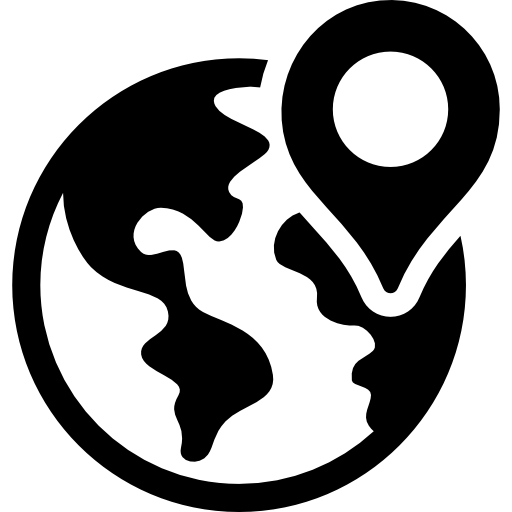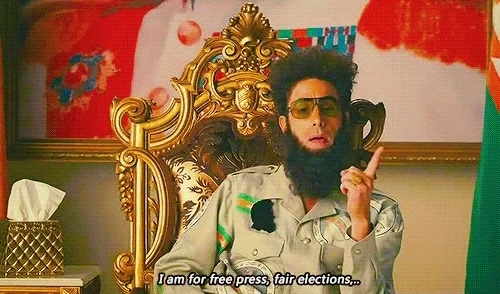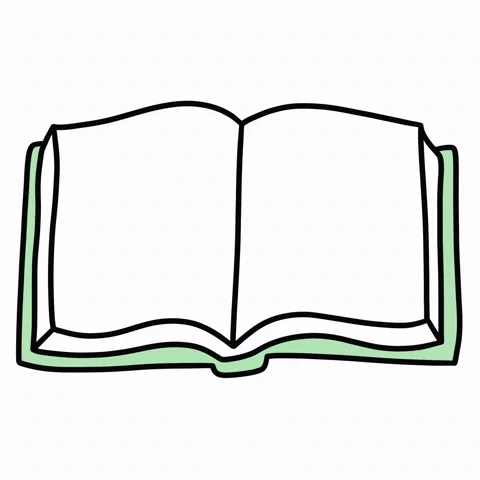
This logo isn't an ad or affiliate link. It's an organization that shares in our mission, and empowered the authors to share their insights in Byte form.
Rumie vets Bytes for compliance with our
Standards.
The organization is responsible for the completeness and reliability of the content.
Learn more
about how Rumie works with partners.
Listening to the news lately, you may have heard statements like "autocracies are on the rise." Or maybe you’ve heard people say that their government "acts like a dictatorship."

Both of these terms refer to similar systems of government. In fact, a dictatorship is a type of autocratic government.
To make sense of the current political landscape and form your own opinion, it’s useful to understand what "autocracy" and "dictatorship" really mean, and how they differ.

What is an autocracy?
In an autocracy, a single ruler — the autocrat — or one political party holds all decision-making power. Historical examples include the Roman Empire and Imperial Russia.
There are different types of autocracies, with some imitating democracies (elective autocracies), while others have no democratic processes at all (closed autocracies).
Two forms of autocratic rule:
Elective autocracies
allow more than one political party and accept opposition.
hold public elections that — at least on paper — give the people a say in choosing their government.
Closed autocracies
allow only one official party and prohibit opposition.
don't hold public elections — the average person has no opportunity to help choose their government.
Characteristics of autocratic countries:
Autocrats are above the law, and can shape it so they can stay in power.
There is no other governmental authority that can control and question the autocrat.
The people have little personal freedom, and are not allowed to express their opinions openly, especially if criticizing the government.

Quiz
Which of the following features do NOT describe an autocracy?
While some autocratic governments hold elections to legitimize their rule, freedom of the press is rare. Instead, censorship is the norm.
Did you know?
According to the organization Varieties of Democracy, as of 2022 about 88 of the world's countries are autocracies. This means that about 70% of the world's population lives under autocratic rule.
What is a dictatorship?
In a dictatorship, a single person — the dictator — or party holds absolute power. Historical examples include Nazi Germany and Fascist Italy.
It's an extreme form of autocracy and in many ways the opposite of democracy.

Characteristics of dictatorships:
Typically, dictators rise to the top when a nation goes through a crisis — for example when the economy is down, or the nation's people fight each other.
Dictators are rarely elected — instead, they obtain power through succession, a military putsch, or political violence.
Strong propaganda and a "cult of personality" make the dictator untouchable.
The government controls every element of people’s lives, and heavily censors press and entertainment.
Strengths and weaknesses of autocratic governments

Strengths
They're able to act fast and make decisions quickly, which can make them effective for at least some time.
They're often based on a religion or ideology that most of the nation's people believe in.
Autocrats and dictators are often charismatic leaders who know how to excite their people by making them feel special and superior to other nations.
Weaknesses
Since autocrats and dictators answer to no one, they're likely to ignore the needs of the people and instead serve their own interests.
Punishment for not following the ruler leaves people in fear.
Civil unrest and violence are often the only ways for the common people to demand change and get rid of the government.
Autocracies and dictatorships in today's world

Autocracies
India, Egypt, Hungary, Serbia, Kenya, Pakistan, Philippines, Thailand
See the World Population Review for more examples
Dictatorships
North Korea, China, Russia, Turkey, Cuba, Afghanistan, Belarus, El Salvador
See the World Population Review for more examples
Did you know?
Quick Quiz: Autocracy vs dictatorship vs democracy

Our example is a fictional nation: the head of state is called the "President", and his party is the nation’s single official political party.
Elections for the President and a National Assembly are held every 5 years. There’s only one candidate for the presidency and each seat in the Assembly, which are all nominated by party members.
The nation’s newspapers and TV stations are controlled by the ruling party and critical journalists frequently disappear from the public eye.
Quiz
What type of government does this fictional nation have?
Our example would be considered a dictatorship. Even though the people can technically vote, there's only one presidential candidate and one party to choose from, so the outcome of the election is clear.
Take Action
 For a deeper understanding of the difference between autocracy and dictatorship, try the following:
For a deeper understanding of the difference between autocracy and dictatorship, try the following:
This Byte has been authored by
Silke Simons
Learning Designer
